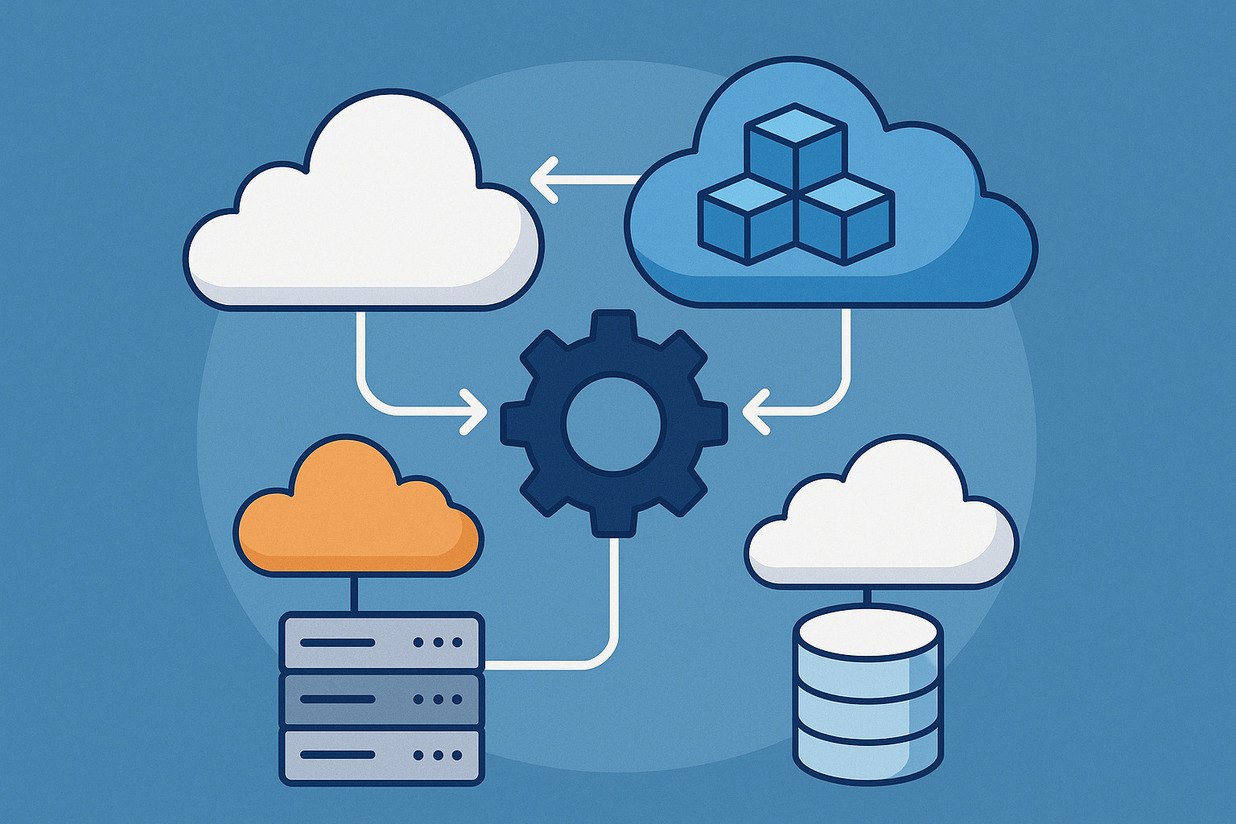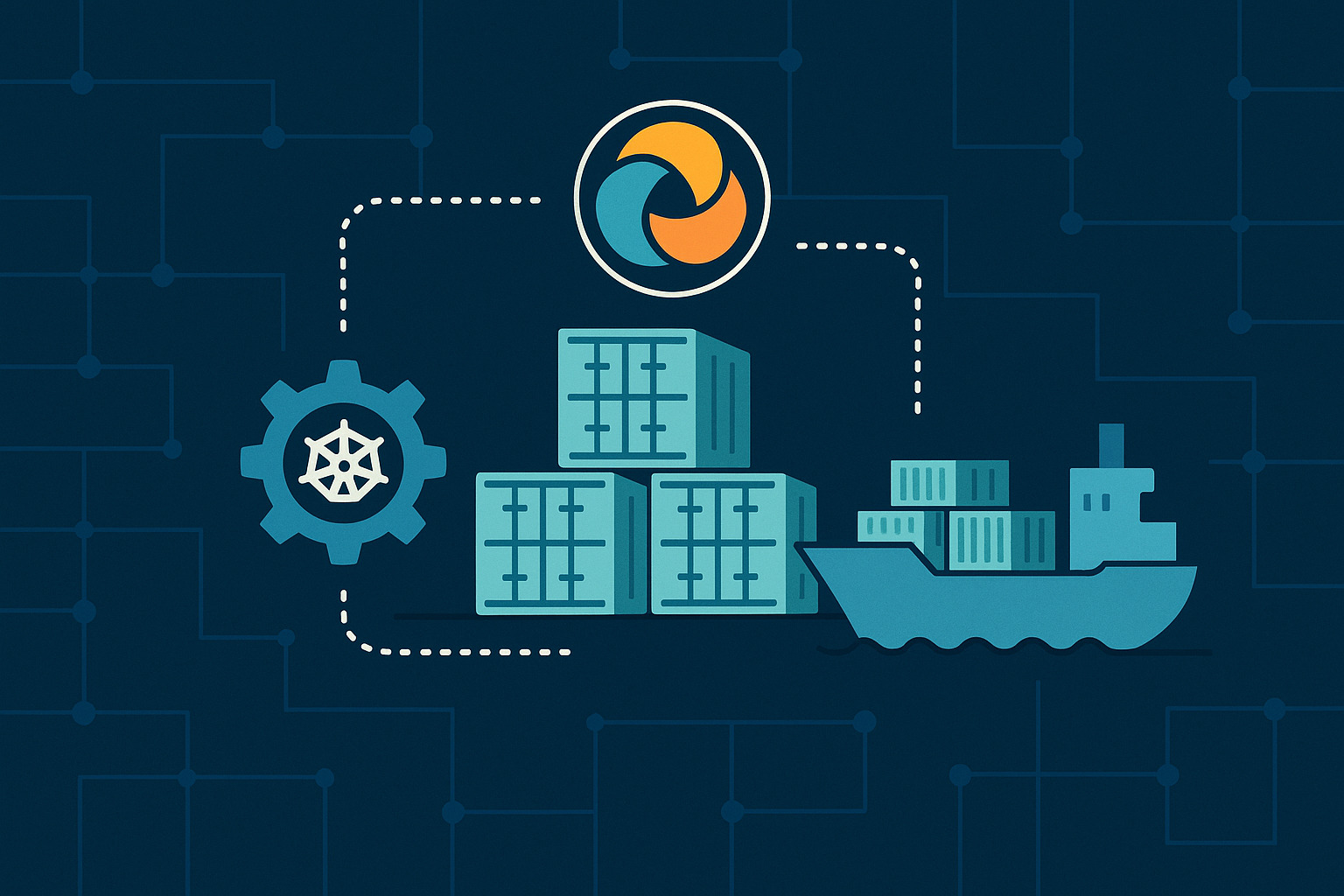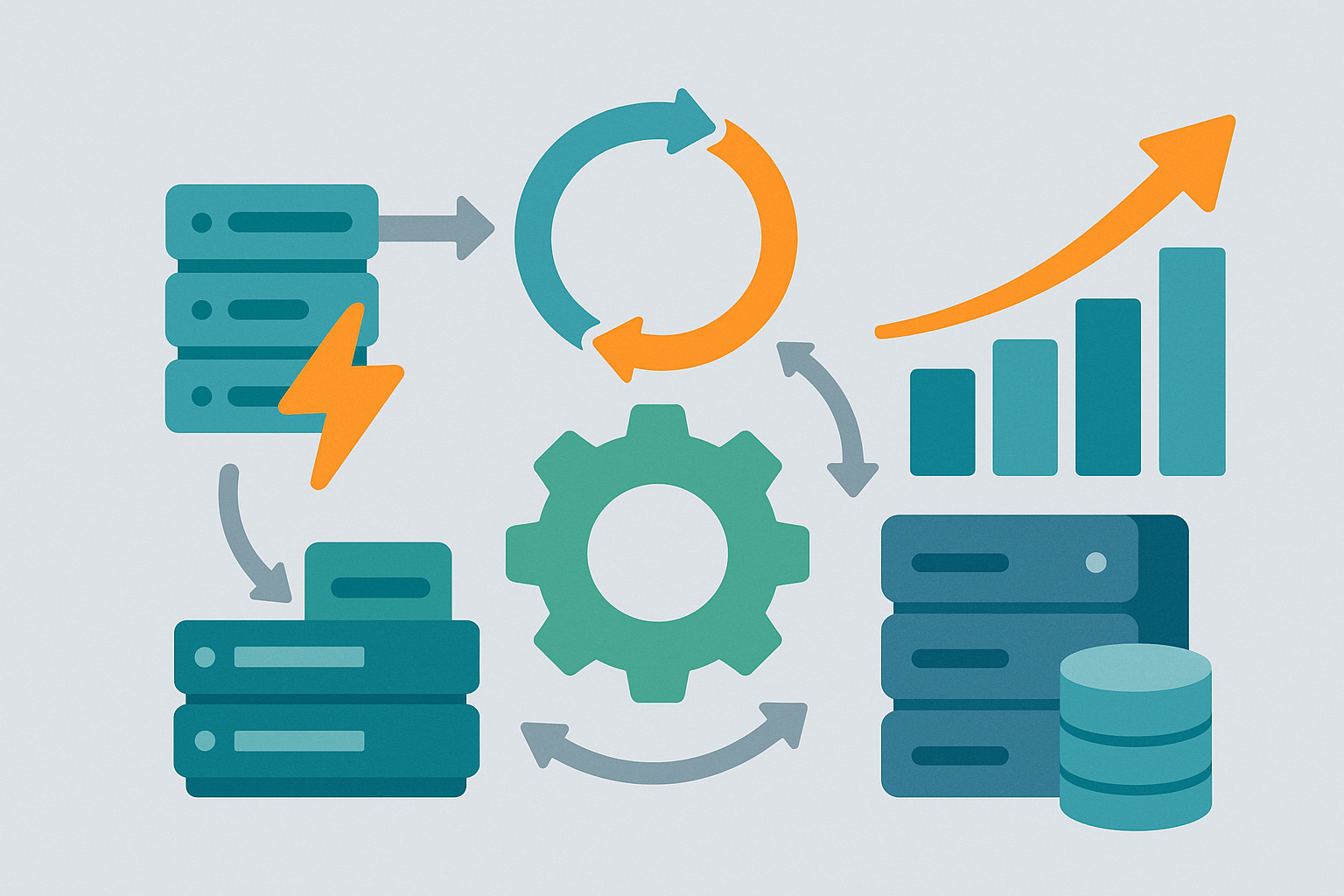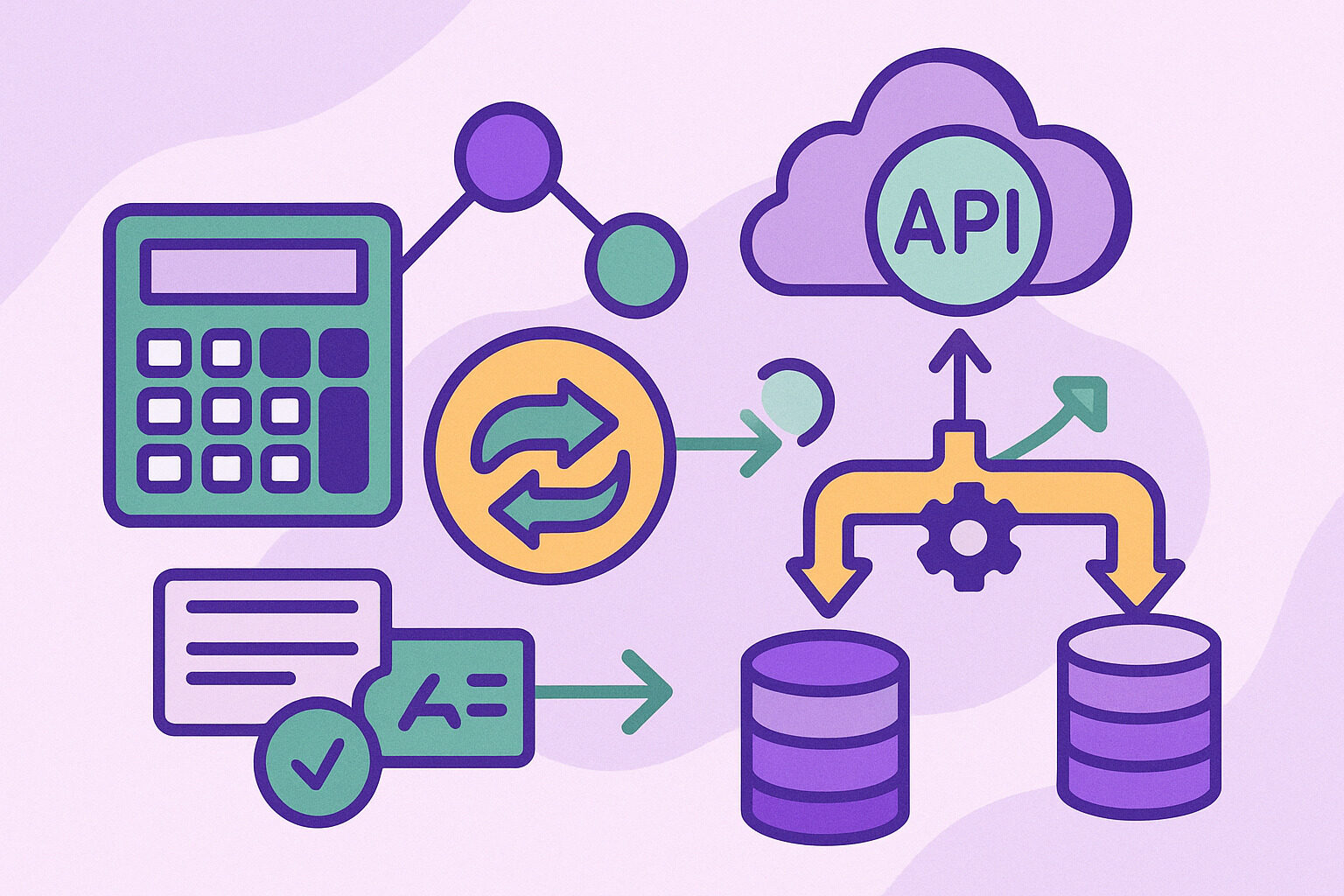Integrating Systems through Federated Identity As enterprise applications continue to grow, so does the need for unified user authentication. Instead of logging into each service individually, it’s more effective for users to access multiple systems simultaneously using a single identity. This is where the concept of federated identity comes in. With Spagic, authentication can be […]
Continue ReadingSpagic in a Hybrid Cloud Strategy
Aligning Spagic with Various Cloud Environments Migrating to a hybrid cloud setup has become essential for many organizations. Today, companies often combine on-premises systems, private clouds, and public clouds to meet different operational needs. This is where Spagic excels as a middleware platform, offering consistent control across these environments. In a hybrid cloud model, parts […]
Continue ReadingOrchestrating Containers with Spagic and Kubernetes
Combining Spagic and Kubernetes for Better Container Management In modern application development, managing containers plays a critical role in building reliable systems. Today, organizations handle dozens—sometimes hundreds—of interconnected services, integration points, and automated deployment pipelines. Placing an application inside a container is only the first step; the real challenge arises when teams need to orchestrate […]
Continue ReadingThe Impact of Caching on Spagic’s Performance
Why caching affects performance in integration platforms Spagic helps systems talk to each other through well-defined processes, but those processes often involve repeated calls to the same services or data sources. This repetition can slow things down, especially when every call makes a trip to a remote server or a large database. Caching offers a […]
Continue ReadingAssessing Spagic Scalability Under Load
Evaluating how Spagic performs when systems grow and workflows increase As workflows grow and more systems connect through Spagic, it’s natural for performance questions to come up. Businesses often start with just a few integrations. Over time, they add more services, data streams, and endpoints—all of which place greater demand on the system. Without testing […]
Continue ReadingUsing Online Calculators for Dynamic Data Conversion
Why dynamic data conversions are part of modern pipelines Automated systems often need to move data between tools that speak different languages. One app might use inches while another uses centimeters. One system might log timestamps in Unix format, while another expects readable dates. These gaps create friction during integration. To bridge these differences, data […]
Continue ReadingExploring Customization Options in Spagic
Adapting Middleware to Business Needs Not every business handles data the same way. Systems, goals, and workflows differ. This is why customization in middleware tools like Spagic plays such an important role. It allows teams to mold processes around what they already do, instead of forcing change to fit someone else’s design. Spagic gives users […]
Continue ReadingEvaluating Spagic Data Security Practices
Understanding the Purpose of Data Protection in Integration Systems Spagic, as a modular integration platform, plays a vital role in managing complex processes across different services and applications. Its use of middleware makes data flow between systems smoother and more manageable. With this level of responsibility, data security must be a constant priority throughout its […]
Continue ReadingSynchronizing Time Data for Middleware Operations
Precision Timing as a Backbone of System Communication Middleware often sits in the background, quietly managing the flow of data between applications. One element that keeps this flow reliable is synchronized time. Without aligned timestamps, messages can arrive in the wrong order, logs can become confusing, and triggers may fire too early or too late. […]
Continue ReadingComparing Spagic with Alternative Middleware
Middleware Landscape for Integration In today’s connected environments, middleware acts as the bridge that brings different systems and data sources together. Choosing the right platform can shape the success of every integration project, big or small. Spagic stands among various options, each offering unique tools and approaches. Businesses need middleware that fits their architecture, not […]
Continue Reading








